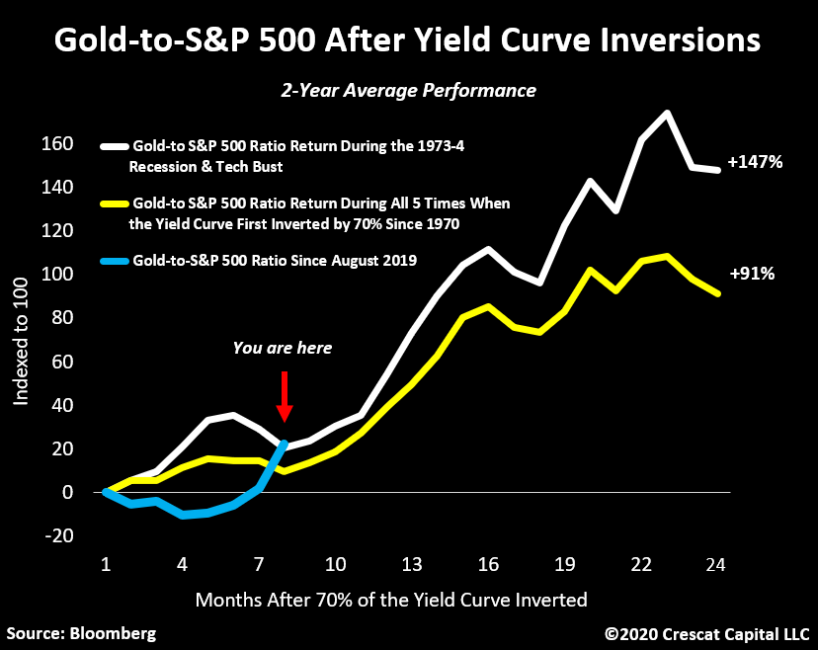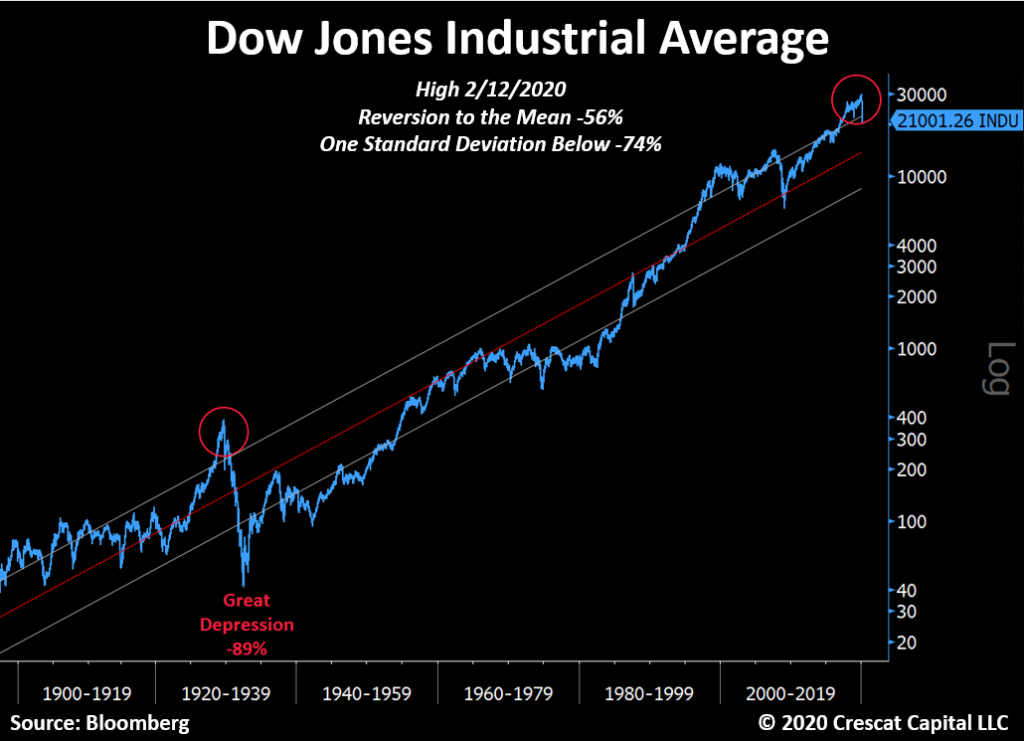In today's world of fiat currencies and floating exchange rates, a return to the gold standard seems to be nowhere on anybody’s horizon. Yet gold still has special properties that no other currency can claim-- which is why China is boosting its holdings..
Why Beijing Is Buying
Alan Greenspan
ALAN
GREENSPAN served as Chair of the U.S. Federal Reserve from 1987 to
2006. This essay is adapted from the paperback edition of his most
recent book, The Map and the Territory: Risk, Human Nature, and the Future of Forecasting (Penguin Press, 2014). Copyright © Alan Greenspan, 2014. Reprinted by arrangement with the Penguin Press.If
China were to convert a relatively modest part of its $4 trillion
foreign exchange reserves into gold, the country’s currency could take
on unexpected strength in today’s international financial system. It
would be a gamble, of course, for China to use part of its reserves to
buy enough gold bullion to displace the United States from its position
as the world’s largest holder of monetary gold. (As of spring 2014, U.S.
holdings amounted to $328 billion.) But the penalty for being wrong, in
terms of lost interest and the cost of storage, would be modest. For
the rest of the world, gold prices would certainly rise, but only during
the period of accumulation. They would likely fall back once China
reached its goal.
The broader issue -- a return to the gold standard in any form -- is
nowhere on anybody’s horizon. It has few supporters in today’s virtually
universal embrace of fiat currencies and floating exchange rates. Yet
gold has special properties that no other currency, with the possible
exception of silver, can claim. For more than two millennia, gold has
had virtually unquestioned acceptance as payment. It has never required
the credit guarantee of a third party. No questions are raised when gold
or direct claims to gold are offered in payment of an obligation; it
was the only form of payment, for example, that exporters to Germany
would accept as World War II was drawing to a close. Today, the
acceptance of fiat money -- currency not backed by an asset of intrinsic
value -- rests on the credit guarantee of sovereign nations endowed
with effective taxing power, a guarantee that in crisis conditions has
not always matched the universal acceptability of gold.
If the dollar or any other fiat currency were universally acceptable
at all times, central banks would see no need to hold any gold. The fact
that they do indicates that such currencies are not a universal
substitute. Of the 30 advanced countries that report to the
International Monetary Fund, only four hold no gold as part of their
reserve balances. Indeed, at market prices, the gold held by the central
banks of developed economies was worth $762 billion as of December 31,
2013, comprising 10.3 percent of their overall reserve balances. (The
IMF held an additional $117 billion.) If, in the words of the British
economist John Maynard Keynes, gold were a “barbarous relic,” central
banks around the world would not have so much of an asset whose rate of
return, including storage costs, is negative.
There have been several cases where policymakers have contemplated
selling off gold bullion. In 1976, for example, I participated, as chair
of the Council of Economic Advisers, in a conversation in which then
U.S. Treasury Secretary William Simon and then Federal Reserve Board
Chair Arthur Burns met with President Gerald Ford to discuss Simon’s
recommendation that the United States sell its 275 million ounces of
gold and invest the proceeds in interest-earning assets. Whereas Simon,
following the economist Milton Friedman’s view at that time, argued that
gold no longer served any useful monetary purpose, Burns argued that
gold was the ultimate crisis backstop to the dollar. The two advocates
were unable to find common ground. In the end, Ford chose to do nothing.
And to this day, the U.S. gold hoard has changed little, amounting to
261 million ounces.
I confronted the issue again as Fed chair in the 1990s, following a
decline in the price of gold to under $300 an ounce. One of the periodic
meetings of the G-10 governors was dedicated to the issue of the
European members’ desire to pare their gold holdings. But they were
aware that in competing with each other to sell, they could drive the
price of gold down still further. They all agreed to an allocation
arrangement of who would sell how much and when. Washington abstained.
The arrangement was renewed in 2014. In a statement accompanying the
announcement, the European Central Bank simply stated, “Gold remains an
important element of global monetary reserves.”
Beijing, meanwhile, clearly has no ideological aversion to keeping
gold. From 1980 to the end of 2002, Chinese authorities held on to
nearly 13 million ounces. They boosted their holdings to 19 million
ounces in December 2002, and to 34 million ounces in April 2009. At the
end of 2013, China was the world’s fifth-largest sovereign holder of
gold, behind only the United States (261 million ounces), Germany (109
million ounces), Italy (79 million ounces), and France (78 million
ounces). The IMF had 90 million ounces.
However much gold China accumulates, though, a larger issue remains
unresolved: whether free, unregulated capital markets can coexist with
an authoritarian state. China has progressed a long way from the early
initiatives of Chinese leader Deng Xiaoping. It is approaching the
unthinkable goal of matching the United States in total GDP, even if
only in terms of purchasing-power parity. But going forward, the large
gains of recent years are going to become ever more difficult to
sustain.
It thus seems unlikely that, in the
years immediately ahead, China is going to be successful in vaulting
over the United States technologically, more for political than economic
reasons. A culture that is politically highly conformist leaves little
room for unorthodox thinking. By definition, innovation requires
stepping outside the bounds of conventional wisdom, which is always
difficult in a society that inhibits freedom of speech and action.
To date, Beijing has been able to
maintain a viable and largely politically stable society mainly because
the political restraints of a one-party state have been offset by the
degree to which the state is seen to provide economic growth and
material wellbeing. But in the years ahead, that is less likely to be
the case, as China’s growth rates slow and its competitive advantage
narrows.









